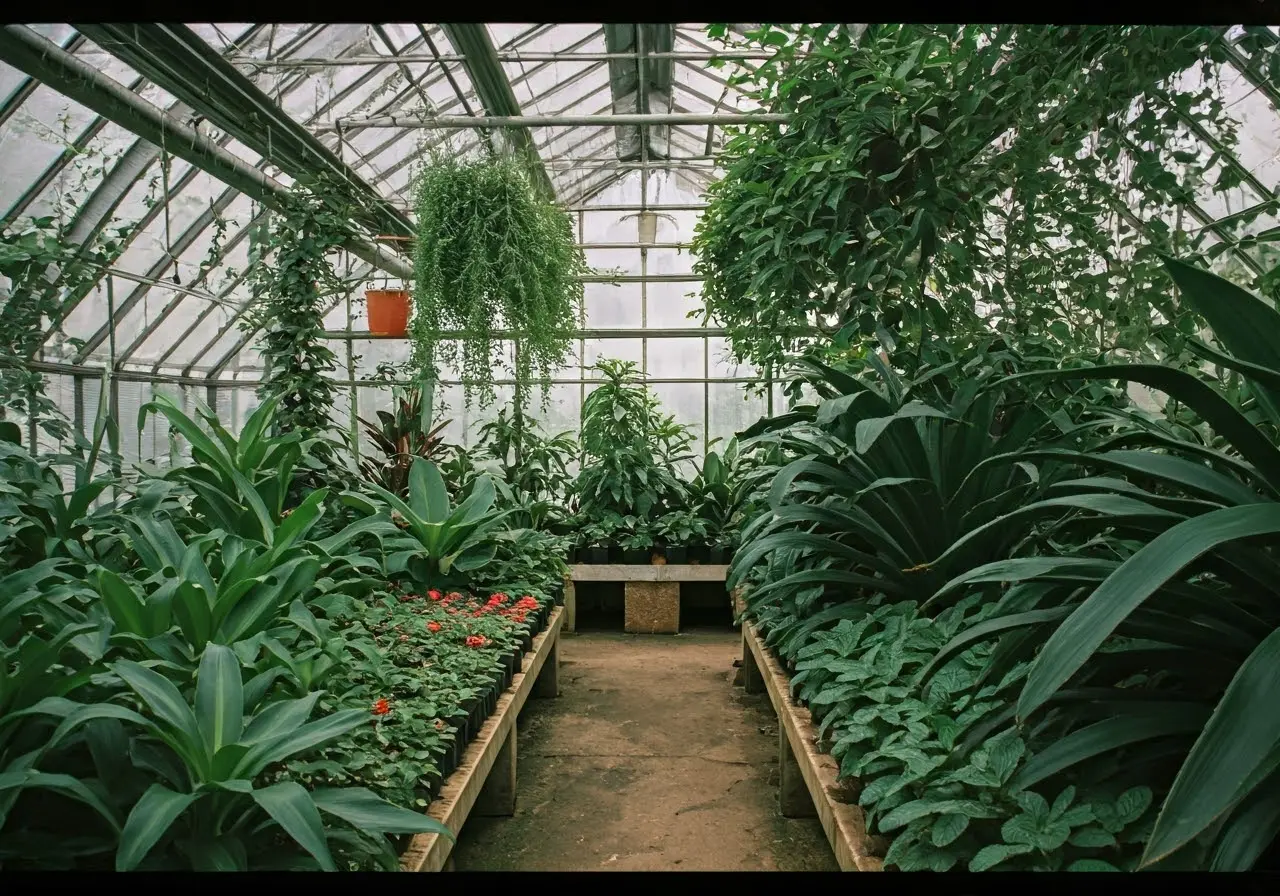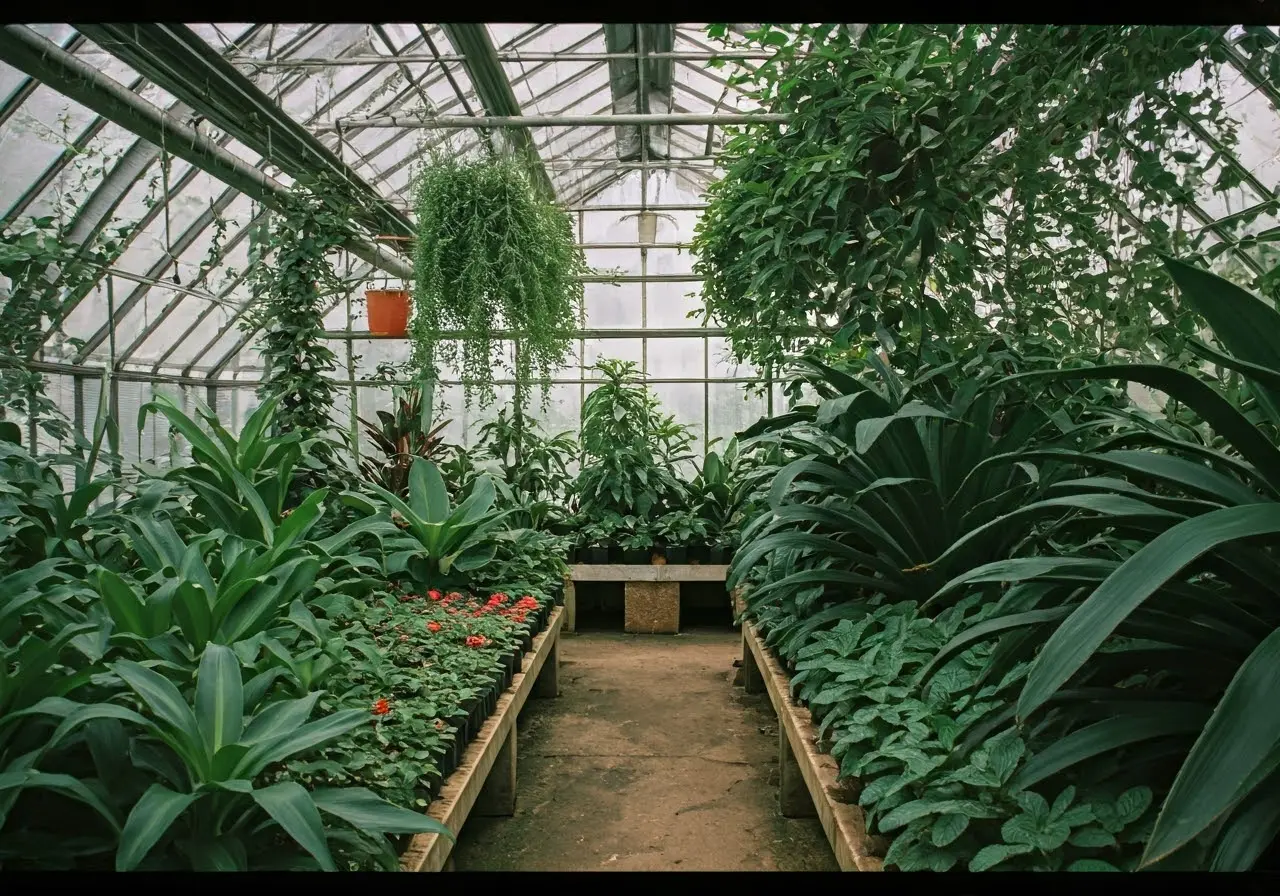Cultivating healthy plants requires more than just sunlight and water—it demands a finely tuned environment. One of the key factors in creating this optimal setting is understanding the concept of Vapor Pressure Differential (VPD). In this blog, we’ll explore how mastering VPD can significantly enhance your cultivation efforts, providing you with practical tips to ensure your plants thrive.
Understanding the Basics of Vapor Pressure Differential
Vapor Pressure Differential, or VPD, is a measure of the difference between the moisture in the air and the moisture the air can hold when it is saturated. It’s a critical component in plant transpiration and affects how plants ‘breathe.’ Understanding VPD helps you gauge the comfort level of your plants, ensuring they have the right balance of humidity and temperature.
To grasp why VPD is so important, consider this analogy: think of your plants as tiny engines. Like an engine needs the right mix of air and fuel to run efficiently, plants need a carefully balanced environment to thrive. When the air is too dry, plants can lose water quickly, leading to wilting and stress. On the flip side, overly humid conditions can decrease the transpiration rate, hindering their ability to ‘cool down’ and take up nutrients. Therefore, VPD acts as a guide to ensure that the air around plants is just right—not too wet, not too dry. This balance ensures optimal plant processes, like transpiration and nutrient uptake, occur smoothly.
Why VPD Matters in Plant Cultivation
VPD plays an essential role in determining the rate of evaporation and transpiration from plant leaves. A well-managed VPD can lead to healthier plants, increased growth rates, and even improved resistance to pests and diseases. By keeping VPD in check, growers can maximize their plants’ ability to photosynthesize and absorb nutrients efficiently.
Plants respond remarkably to their environment, and VPD is a silent orchestrator of that response. By controlling VPD, you essentially manage the internal pressure inside plant leaves. A balanced VPD encourages plants to open their stomata and transpire efficiently. This process draws nutrients up through the roots, supports cooling through evaporation, and enables oxygen and carbon dioxide to exchange. Notably, plants with optimal VPD tend to be healthier and more vigorous. They show better resilience against environmental stresses, such as drought or temperature extremes, thereby potentially increasing crop yield and quality.
Calculating and Monitoring VPD
While it may sound complex, calculating VPD involves using tools like hygrometers and thermometers to measure humidity and temperature. Several online calculators can assist in determining the ideal VPD for your plants. Regular monitoring allows you to make necessary adjustments, ensuring optimal growing conditions at all times.
In reality, regular tracking and adjustments can seem daunting without the right systems in place. Fortunately, technology provides a helping hand. For modern growers, digital environmental controllers and sensors are game-changers. These smart systems offer precise data on your grow room’s conditions and can automatically adjust fans or humidifiers to maintain ideal VPD ranges. If you’re running a home setup, maintaining a balance between temperature and humidity during key growth stages, like flowering, ensures the best outcomes. Remember, small, consistent adjustments are often more beneficial than drastic changes, ensuring minimal stress on your plants.
Tips for Optimizing Your Greenhouse or Grow Room
To achieve the perfect VPD, consider factors such as ventilation, temperature control, and humidity management. Investments in proper equipment, like humidifiers or dehumidifiers, can make a significant difference. Additionally, choosing the right time of day to water your plants helps regulate humidity levels naturally.
You may wonder, ‘What simple steps can optimize my growing conditions?’ Start by focusing on airflow. Air circulation not only distributes temperature and humidity evenly but also strengthens plant stems—a natural defense against pests. Installing oscillating fans helps achieve this effect. Lighting is another crucial element—proper light intensity and duration influence both temperature and photosynthesis rate. Regularly assess these aspects and consult greenhouse experts for tailored advice. Combining these methods encourages plants to reach their full potential, offering the reward of a bountiful harvest.
Common Mistakes and How to Avoid Them
It’s easy to fall into the trap of overcomplicating things. Common mistakes include neglecting regular checks of your equipment and setting unrealistic VPD targets for your environment. Over-enthusiastically adjusting one parameter without considering others can lead to suboptimal results. Take a balanced approach and keep things simple for the best outcomes.
For many new growers, the eagerness to achieve perfect conditions can lead to ‘micromanagement syndrome.’ It’s crucial to remember that each plant species may have varying needs. Overwatering or over-fertilizing, even with the intent of promoting growth, can disrupt the delicate balance of VPD. Instead, familiarize yourself with specific plant needs through reliable resources or community forums, committing to measured, steady adjustments. Continuous learning and patience cultivate both healthy plants and knowledgeable growers.
Bringing It All Together
By mastering vapor pressure differential, you can create an optimal environment that promotes healthy and robust plant growth. Whether you are a seasoned cultivator or just starting out, focusing on VPD will help you cultivate with precision and achieve better yields. Remember, a small adjustment can make a big difference. Happy cultivating!




